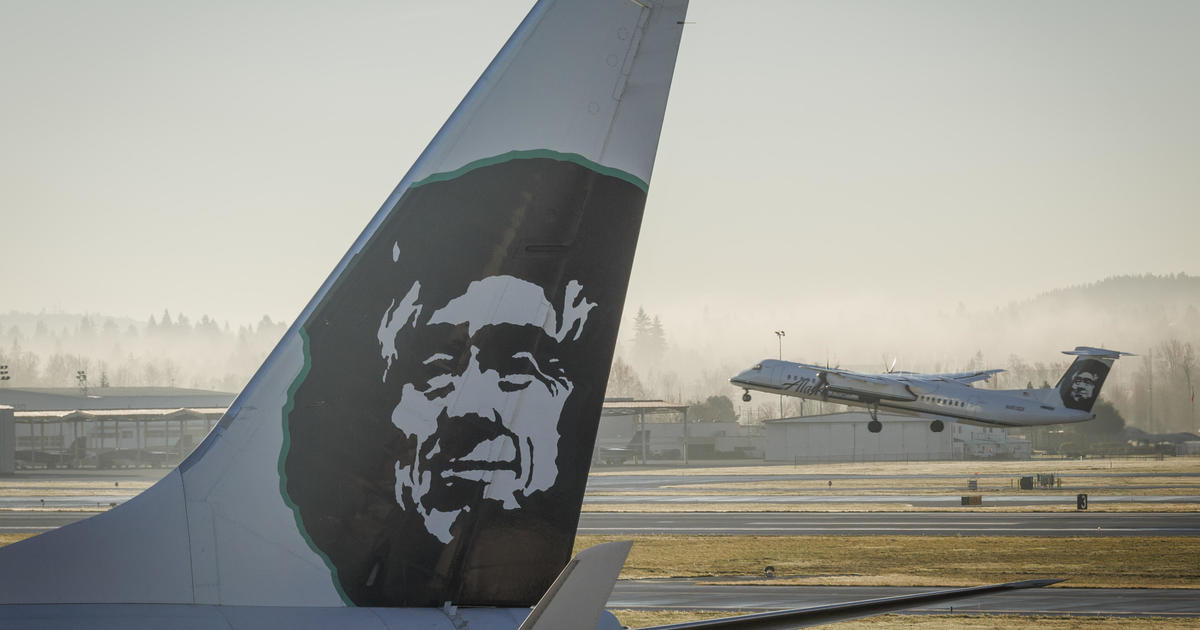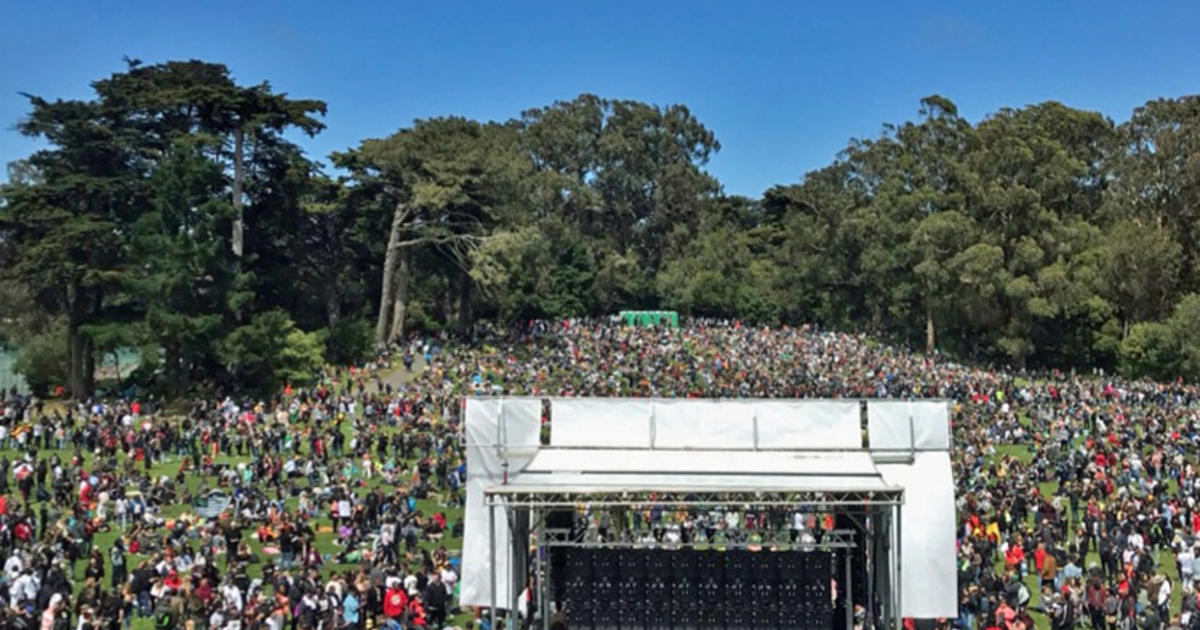Stanford Program Uses Incentives To Reduce Rush-Hour Traffic
STANFORD (CBS 5) -- With new fees and rising tolls, not to mention the traffic, driving in the Bay Area isn't easy. But a new program aimed at reducing congestion is paying off for some drivers.
The traffic in our area can be frustrating and expensive. It is also entirely predictable, according to researchers.
"Most of the time when people are stuck on a freeway, like 101, they're the same people, every day, essentially at the same place, at pretty much the same time," said Dr. Balaji Prabhakar, a professor of electrical engineering and computer science at Stanford University.
Most of our traffic problems are caused by an excess capacity of only 10 percent. "Most systems work fine until about 85 or 95 percent loading. It's really only the last 10 percent that makes the congestion problem severe," Prabhakar said.
The bad news is that Bay Area freeways are often at that 85 or 95 percent. "It takes a lot of people to cause congestion, but surprisingly few people to get rid of it," he said.
To alleviate traffic congestion, engineers usually pull out sticks to punish drivers. For example, drivers using the Bay Bridge at rush hour pay a higher toll. And the City of San Francisco has considered a charge on anyone who drives into the downtown area.
But Stanford University is trying the carrot approach. The school has started to reward drivers who avoid the campus at rush hours.
Participants get a small device in the windshield of their vehicle. When they pass one of Stanford's 16 entry points or exit the campus, their car is registered.
Drivers who make trips to or from campus during non-rush hour periods collect points.
It's "not that dissimilar from a frequent flyer program," Prabhakar said.
Drivers can then trade in those points for cash.
Within the first 24 hours of rolling out the system, the university said 1,000 people signed up to take part.
"I've actually made 17 bucks, maybe 19," said Diane Castle, who works in the university's electrical engineering department.
Stanford is paying for the program with a mix of university traffic funds and federal research grants.
(Copyright 2012 by CBS San Francisco. All Rights Reserved. This material may not be published, broadcast, rewritten, or redistributed.)



